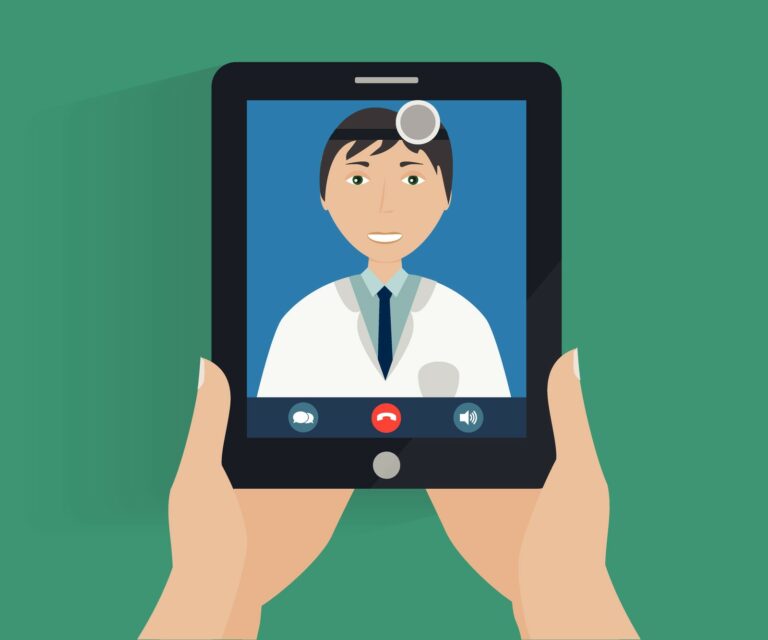Ready for a Telehealth Visit with Us? Here’s what it’ll Cost.
Most people have experienced this frustrating scenario: You go to the doctor’s office for treatment or prevention services, and when you ask how much services cost, the answer isn’t nearly as straightforward as you hoped. When you get your bill, either right after your appointment or in the mail, you notice unexpected costs (aspirin is […]
Read More
